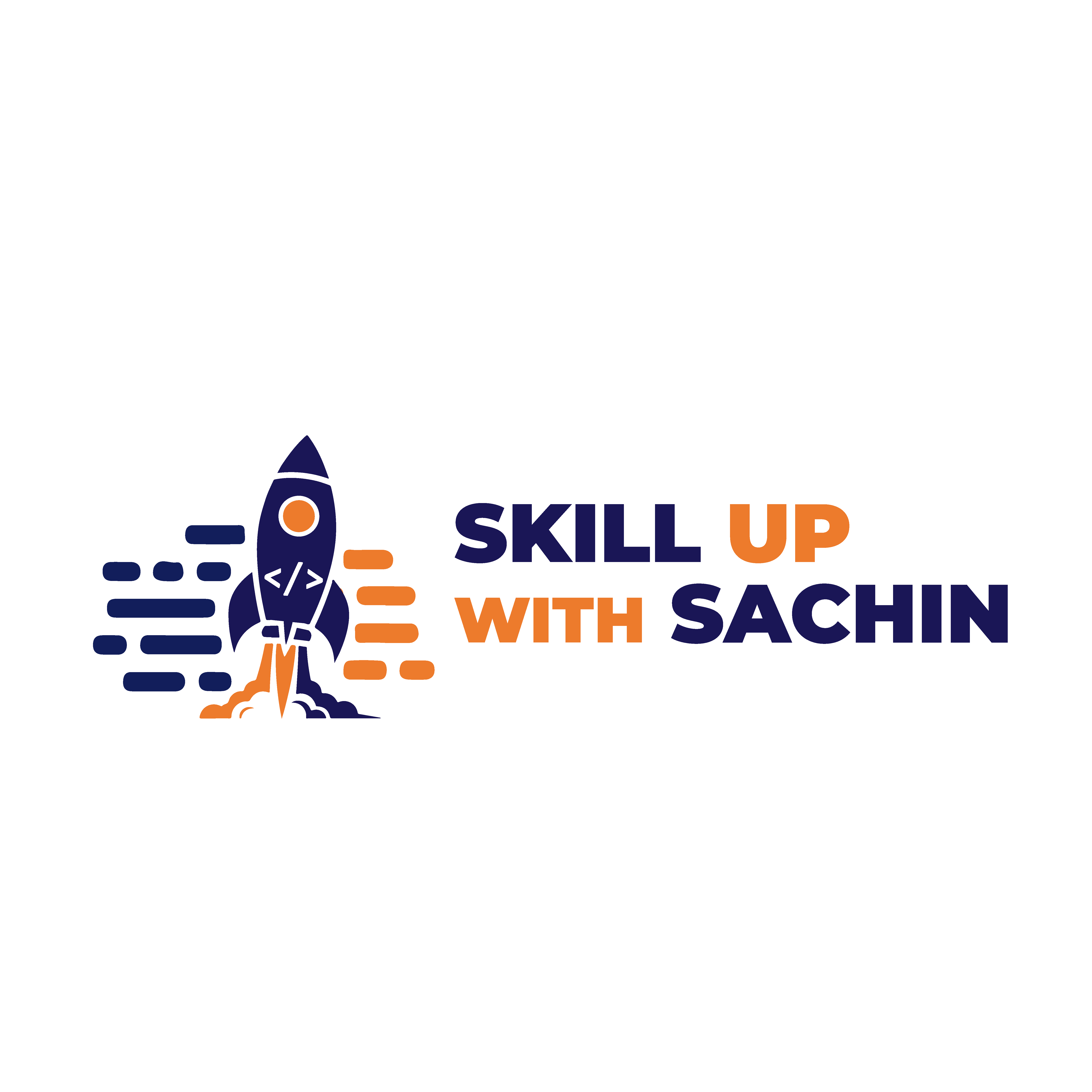In the fast-paced world of software development, embracing Agile methodologies has become more than just a trend—it’s a necessity. As someone with nine years of experience in DevOps and cloud technologies, I’ve seen firsthand how Agile approaches revolutionise project management and product development. Let’s dive into the core principles of Agile and why they matter.
What is Agile ?
Agile is an approach to managing and executing projects that focuses on iterative development, continuous feedback, and adaptive planning. Unlike traditional project management, which often involves extensive upfront planning and rigid processes, Agile embraces flexibility and responsiveness to change. This method is especially effective in handling the complexities and uncertainties inherent in modern projects.
The Origins & Applications of Agile
Originally coined in 2001 by leaders in the software industry, Agile has become the standard for most contemporary software projects. Whether you’re working at a tech giant or a startup, Agile methodologies likely play a pivotal role in your development processes. However, Agile isn’t confined to software alone—it can be applied to any type of project, from managing service tickets to organising a picnic.
Core Characteristics of Agile Projects
- Incremental Development : Agile projects are built incrementally. Instead of delivering the entire product at once, small, valuable increments are planned and released successively. Each increment is designed to be usable and valuable to the customer.
- Iterative Process: Agile projects are iterative, continuously obtaining feedback to improve both the product and the development process. This ongoing loop of feedback and refinement ensures that the end product meets the user’s needs and expectations.
- Value Focused: Agile teams always prioritize high-value tasks. After completing current tasks, the team reassesses and chooses the next most valuable task, based on continuous feedback.
- Empowered Feedbacks: In Agile projects, teams are self-organizing and empowered to make decisions. This decentralized approach leverages the knowledge and creativity of all team members, fostering a collaborative and adaptive work environment.
Benefits of Agile
From the customer’s perspective, Agile delivers a desirable product that evolves based on consistent feedback. Customers receive high-priority features sooner, ensuring that the product aligns with their needs and market changes. This adaptability often leads to higher quality and innovation.
For teams, Agile fosters higher job satisfaction by empowering members and encouraging continuous learning and creativity. The iterative nature of Agile also lowers costs and risks by reducing waste and enabling rapid response to issues and changes.
Agile vs Waterfall : A Fundamental Shift
The traditional waterfall approach is sequential and involves distinct phases such as analysis, design, building, testing, and release. This method often suffers from delayed feedback and high costs associated with changes made late in the process.
In contrast, Agile promotes many small iterations, allowing for rapid feedback and continuous adaptation. Each iteration results in a usable product increment, making it easier to respond to changes and deliver high-value features early.
Embracing Agile in Your Projects
While some projects may still require elements of the waterfall approach, understanding and integrating Agile principles where appropriate can give you a competitive edge. Agile is not just about following a set of practices; it’s about fostering a culture of continuous improvement and responsiveness to change.
As someone deeply embedded in the world of DevOps and cloud technologies, I’ve seen the transformative power of Agile. By embracing Agile methodologies, you can enhance your project management, boost team morale, and ultimately deliver better products.
Let’s keep pushing the boundaries, innovating, and continuously improving our processes. Agile is not just a methodology; it’s a mindset that drives us to deliver excellence in everything we do.


